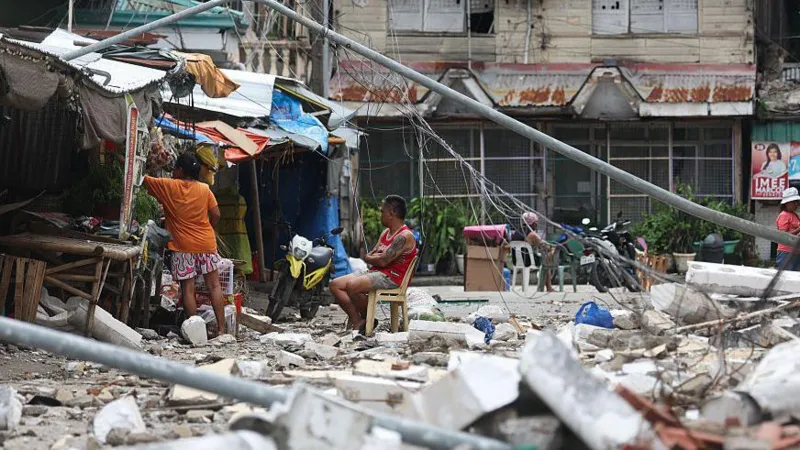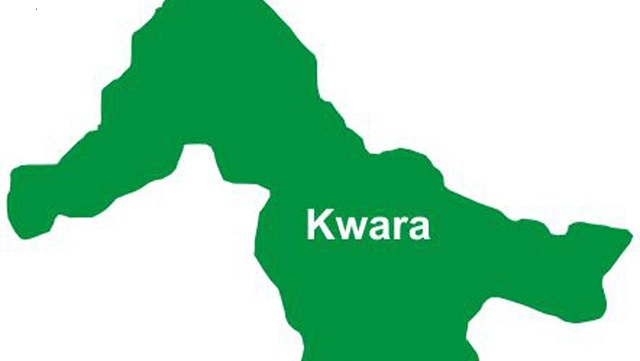Now Reading: Philippines Earthquake: Cebu Declares State of Calamity as 69 Killed in Deadly 6.9-Magnitude Quake
-
01
Philippines Earthquake: Cebu Declares State of Calamity as 69 Killed in Deadly 6.9-Magnitude Quake
Philippines Earthquake: Cebu Declares State of Calamity as 69 Killed in Deadly 6.9-Magnitude Quake

A powerful 6.9-magnitude earthquake has killed at least 69 people in the central Philippines, forcing Cebu province to declare a state of calamity as rescue operations continue amid repeated aftershocks.
The quake struck late on Tuesday, devastating Bogo city in northern Cebu — the closest area to the epicentre — where bodies lined the streets and hundreds of injured residents were being treated in makeshift tent hospitals. Officials have warned that the death toll could rise as search and rescue teams battle blocked roads, collapsed bridges and power outages.
Thousands of residents spent the night outdoors, too afraid to return to their homes as aftershocks shook the region. One survivor told the BBC that children were left “traumatised” as the sound of crying echoed across darkened streets, with electricity and water supplies cut off.
Survivors and destruction
Seven of those killed lived in a community originally built for survivors of Typhoon Haiyan, the 2013 disaster that left more than 6,000 people dead. In San Remigio, a basketball game turned into tragedy when the quake struck, injuring nearly 20 spectators and killing one.
Cebu’s archbishop has urged residents to stay away from churches until structural checks are complete, after the bell tower of a centuries-old Catholic church collapsed during tremors. The province is home to some of the country’s oldest religious sites, dating back to Spanish colonisation in the 1500s.
National emergency response
The Philippine police and fire service have prioritised search and rescue efforts, with urgent relief supplies being delivered to displaced families. Authorities have appealed for volunteers with medical training to help overwhelmed hospitals and emergency crews.
On Wednesday evening, another 4.7-magnitude aftershock rattled Cebu, shaking buildings as far as neighbouring Leyte. Officials reported no additional casualties but warned residents to remain cautious.
The earthquake comes just over a week after back-to-back typhoons killed more than a dozen people in the Philippines, underlining the country’s extreme vulnerability to natural disasters.
Sitting on the volatile Pacific “Ring of Fire,” the Philippines endures frequent earthquakes and volcanic eruptions, alongside annual typhoons that leave millions exposed to danger each year.





















